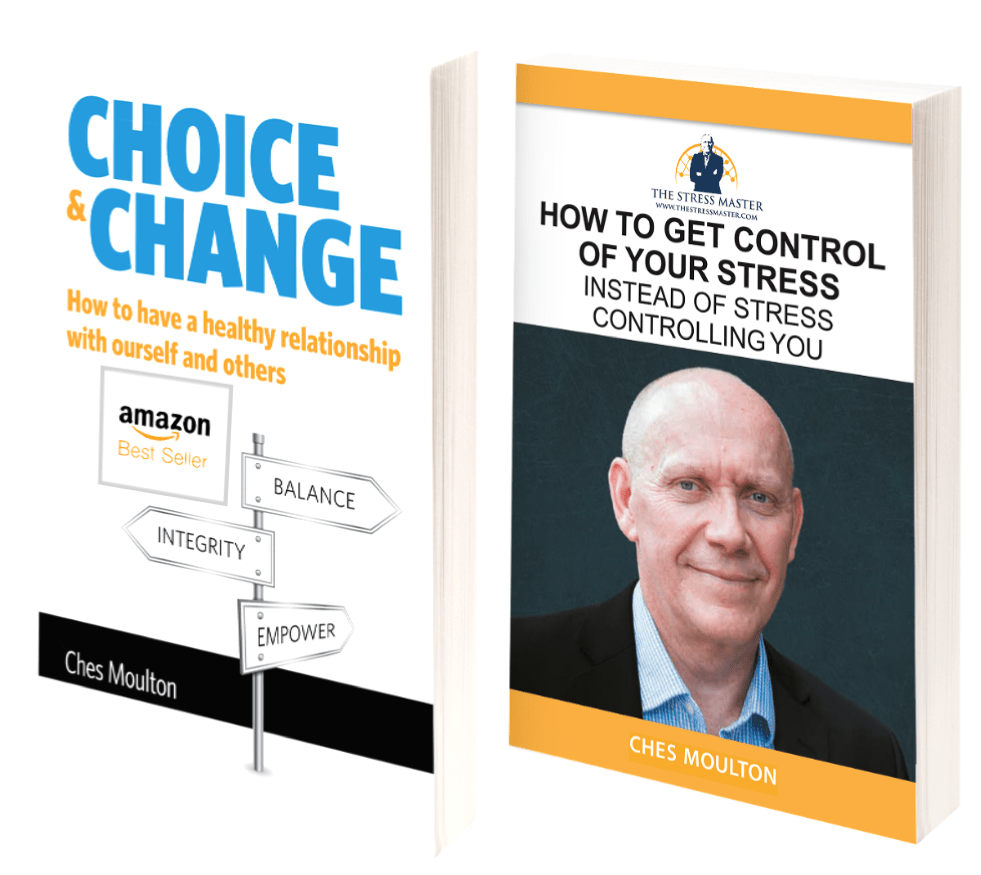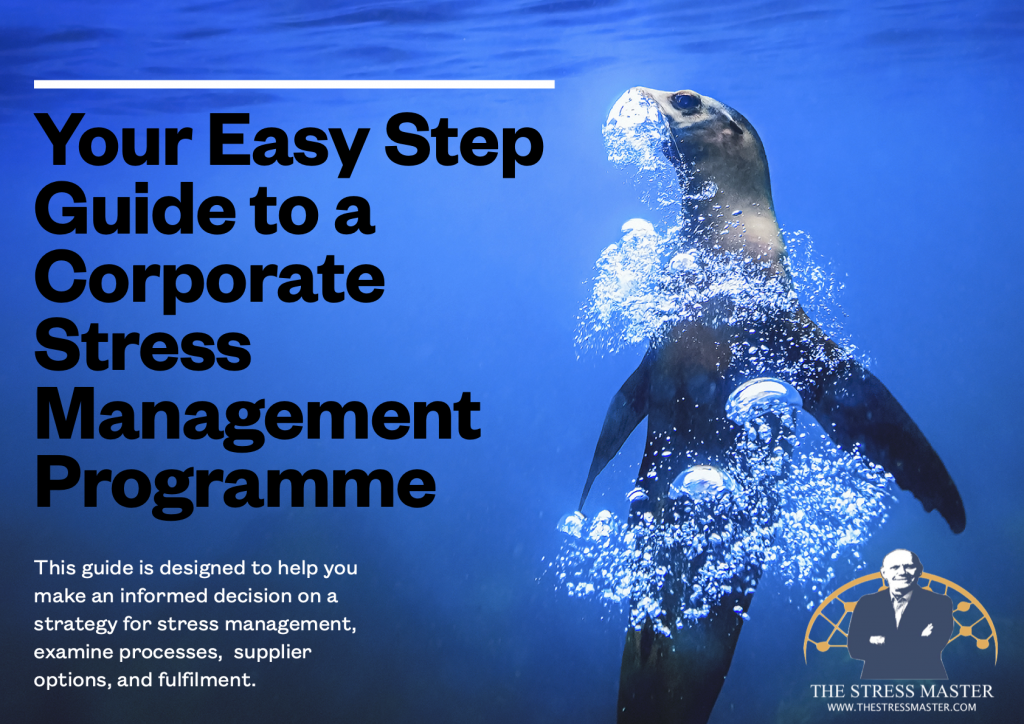CONSULTING IN THE WORKPLACE
Assisting organisations to better manage stress through a variety of tips, tools, and techniques.
Stress Management in the Workplace
Problem
Workplace stress is typically defined as the harmful physical and emotional responses that occur when the requirements of the job do not match the capabilities, resources, or needs of the worker. Job stress can, in turn, lead to poor health and even injury. Many people face significant levels of negative stress in the workplace that poses a threat to their health.
Stress is not an illness itself, but can cause serious illness if it remains unchecked and unattended.While it may seem like there’s little or nothing you can do about the individual and collective stress emerging in you organisation, there are steps you can take to relieve the pressure and get control.
Impact
Workplace stressors are classified as physical and psychosocial. Physical stressors include noise, poor lighting, poor office or work layout, and ergonomic factors, such as bad working postures. Psychosocial stressors are, arguably, the most predominant stress factors. These include high job demands, inflexible working hours, poor job control, poor work design and structure, bullying, harassments, and job insecurity.
Solution
Workplace stress is preventable. Identifying the sources of stress in an organisation is the first step in addressing them. Effective interventions for reducing workplace stress can be classified as primary, secondary, and tertiary.
Primary interventions involve proactive measures to prevent stress by removing or reducing potential stressors. This level of intervention focuses on the sources of physical and psychosocial stress in the workplace. Secondary interventions are corrective and are focused on altering the ways workers perceive and respond to stressors. These interventions aim at improving worker’s ability to cope with stress and detect stress-induced symptoms early.Tertiary interventions are forms of control at the level of the illness. These are initiated for workers who are already experiencing stress.
Result
Less occurrence of poor health leading to reduced sick leave, absences and staff turnover. Fewer injuries, less illness and lost time, triggering lower costs to the employer, reflecting greater job satisfaction, a higher level of employee engagement and increased productivity.
One in four people will struggle with mental health at some point in their lives. And with the current health crisis and troubled economy, many people are in crisis right now and experiencing stress levels previously unimaginable.
Numbers
Mental ill health remains the most common cause of long-term worker absence with 59% of UK organisations.
Source: Health and well-being at work, CIPD Mar 2020
In 2019/20, stress, depression or anxiety were responsible for 51% of all work-related ill health and 55% of all working days lost due to health issues in Great Britain.
Source: Work-related stress, anxiety or depression statistics in Great Britain, HSE Nov 2020
828,000 workers suffer from work-related stress, depression or anxiety, with women between the ages of 25 – 44 found to be significantly more affected than men in the same range.
Source: Work-related stress, anxiety or depression statistics in Great Britain, HSE Nov 2020
89% of UK organisations reported an increase in ‘presenteeism’, where workers continued their roles despite being unwell, which has been a main factor in costing UK employers up to £45 billion each year.
Source: Health and well-being at work, CIPD Mar 2020
Duty
Under the Health and Safety at Work etc Act 1974 employers have a general duty to ensure, so far as is reasonably practicable, the health of their employees at work. This includes taking steps to make sure they do not suffer stress-related illness as a result of their work.
Employers also have a specific duty under the Management of Health and Safety at Work Regulations 1999 to undertake risk assessments that seek to identify, and eliminate or reduce, risks to their employees’ health, safety and welfare. Stress is one of the risks to health, safety and welfare that must be assessed.
Consider the following statutory obligations:
- Health and Safety at Work Act 1974 (HSWA)
- Reporting of Injuries, Diseases & Dangerous Occurrences Regulations 1985 (RIDDOR)
- Access to Medical Reports Act 1988
- Health and Safety (Display Screen Equipment) Regulations 1992 (amended 2002)
- Management of Health and Safety at Work Regulations 1999
- Employment Equality Act 2010
- Your ‘duty of care’ obligations, including risk assessments and activities to reduce the incidence of stress at work.
THE FACTS
We have seen one of the most devastating impacts on our Mental Health in our lifetime during 2020 from the societal restrictions put upon our lives and the massive illness and death across the World.
85%
56%
44%
Get your copy of the international best seller 'Choice & Change-How To Have A Healthy Relationship with Ourself and Others' and 'How To Get Control Of Your Stress-Instead Of Stress Controlling You'
Both books are available right now .

To find out more about Ches and what he can do for you and your team please connect here:


